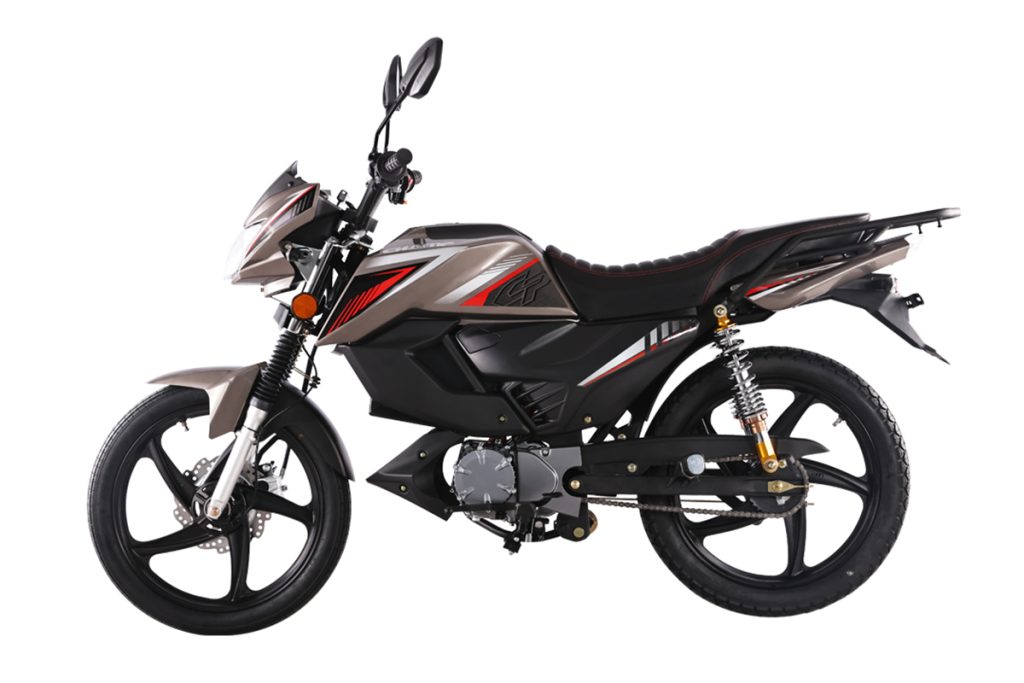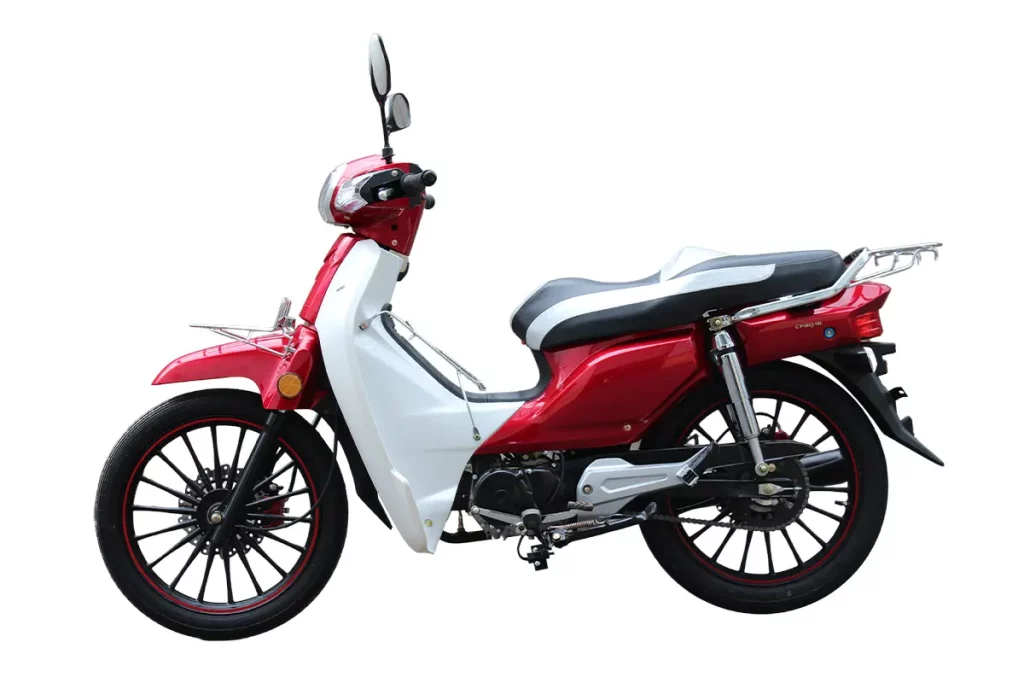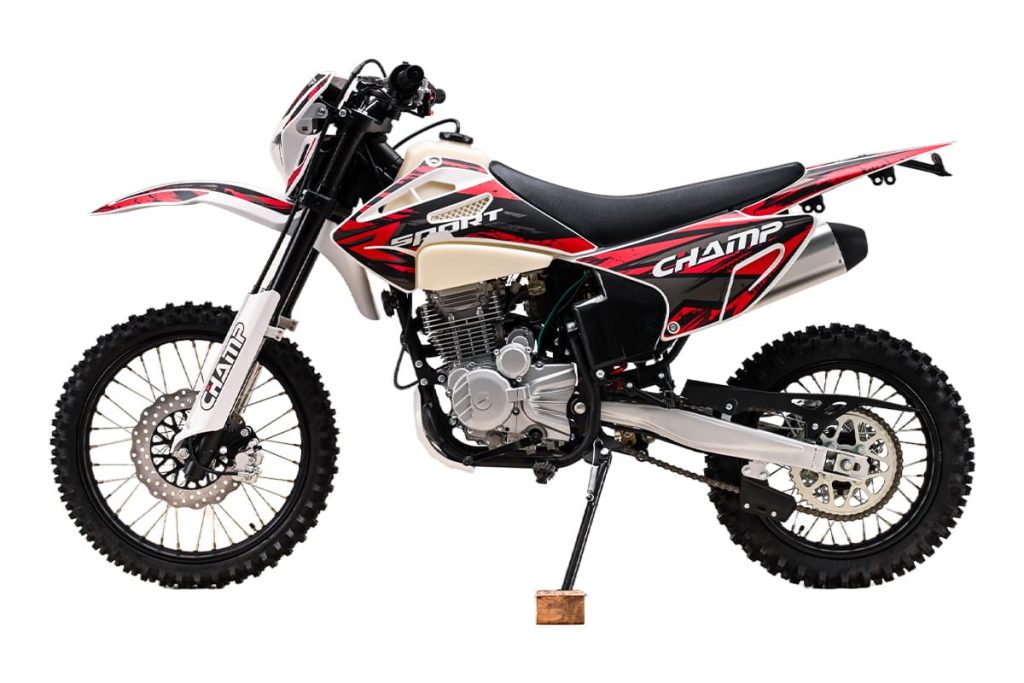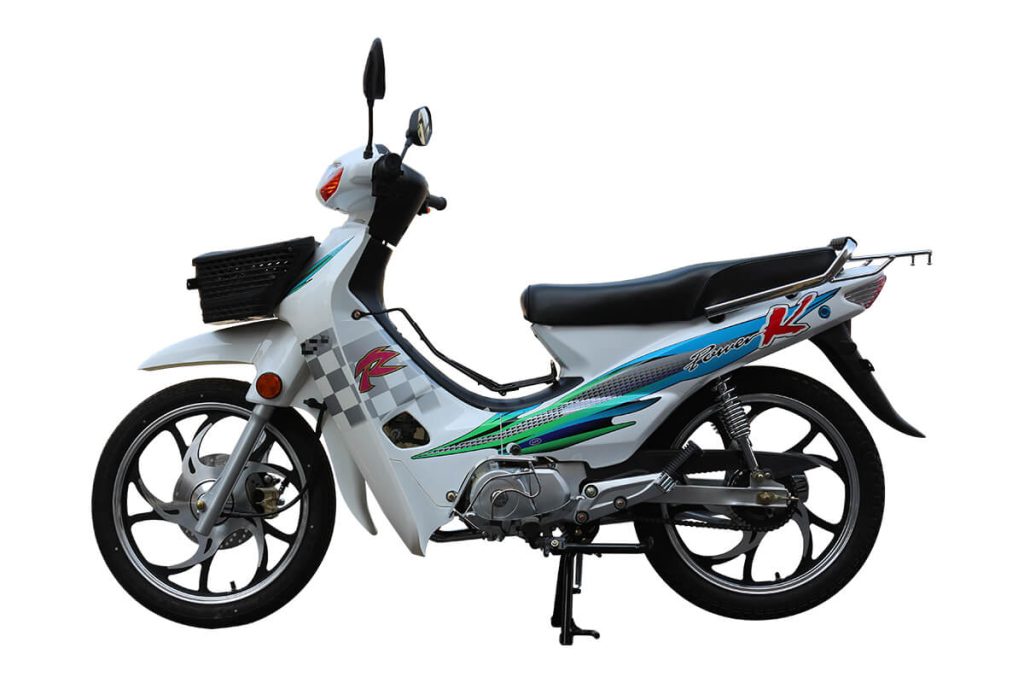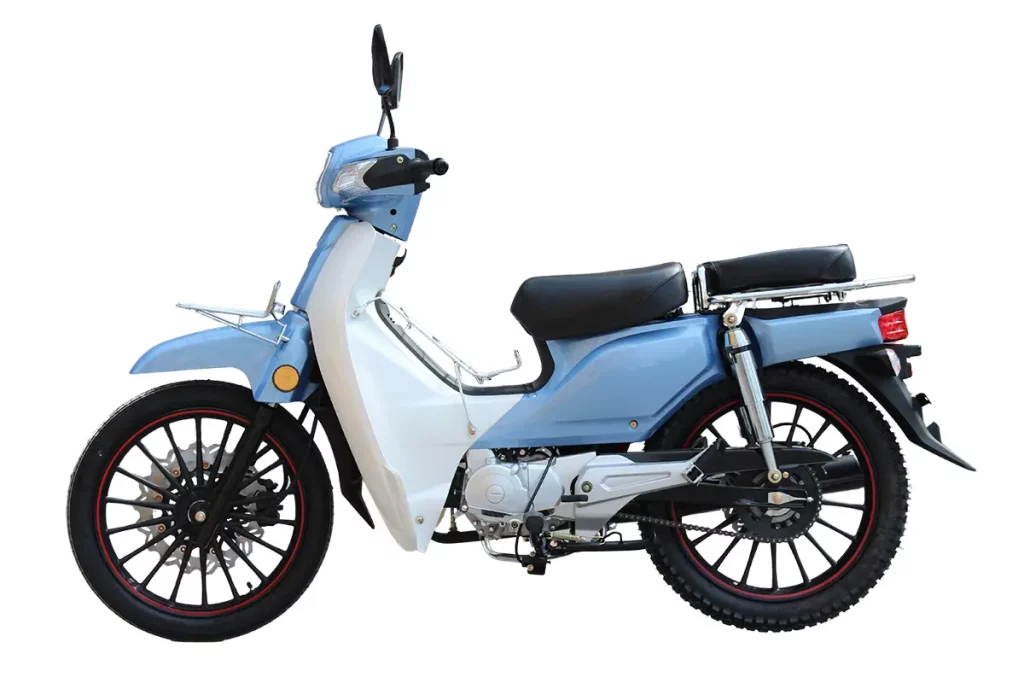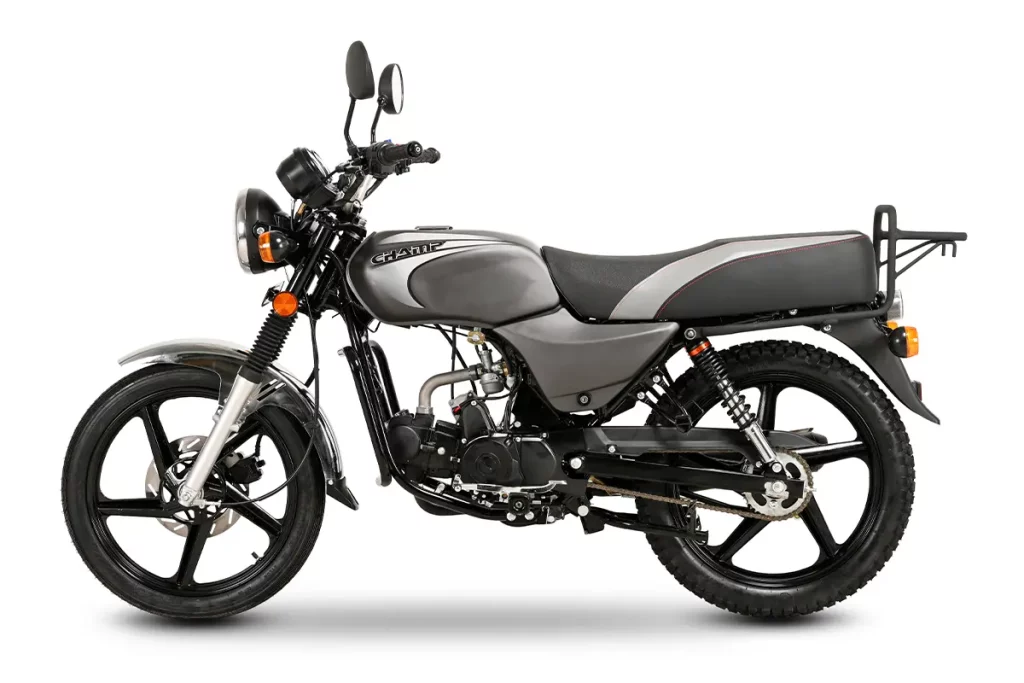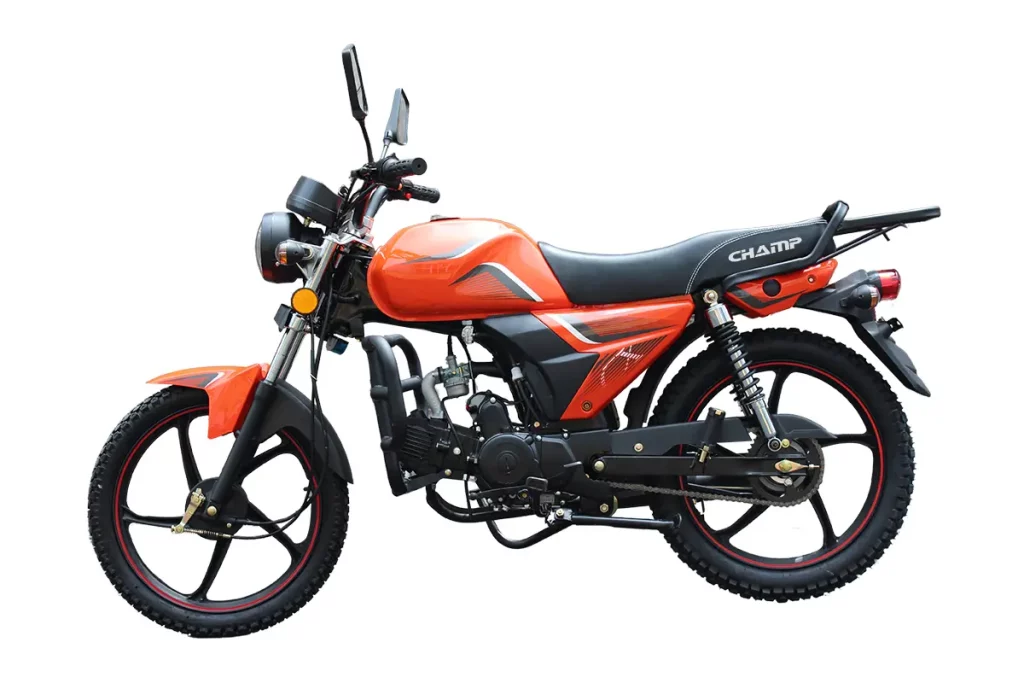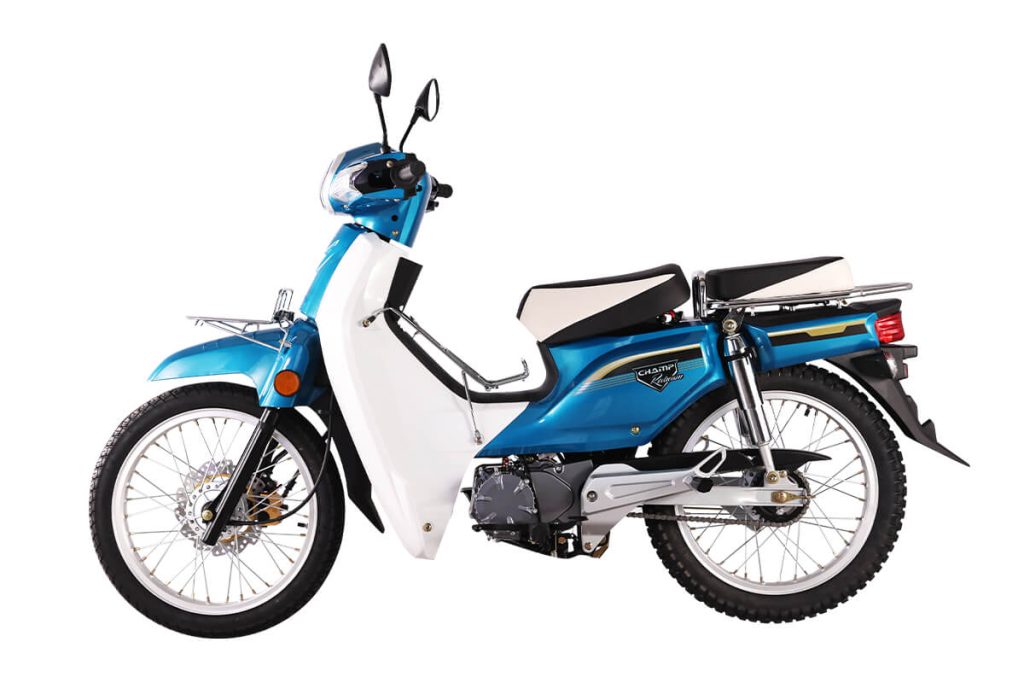Two Stroke vs Four Stroke Motorcycle: Which One Should You Choose?
Two-stroke and four-stroke motorcycles differ in performance, efficiency and applications. Understanding the differences will allow you to make appropriate decisions based on your personal needs. In this article, we will perform an in-depth analysis of the working mechanism, advantages and disadvantages, and comparison tables side by side for both types of engines to allow you to select what is most suitable for you.

What Is a Two-Stroke Motorcycle?
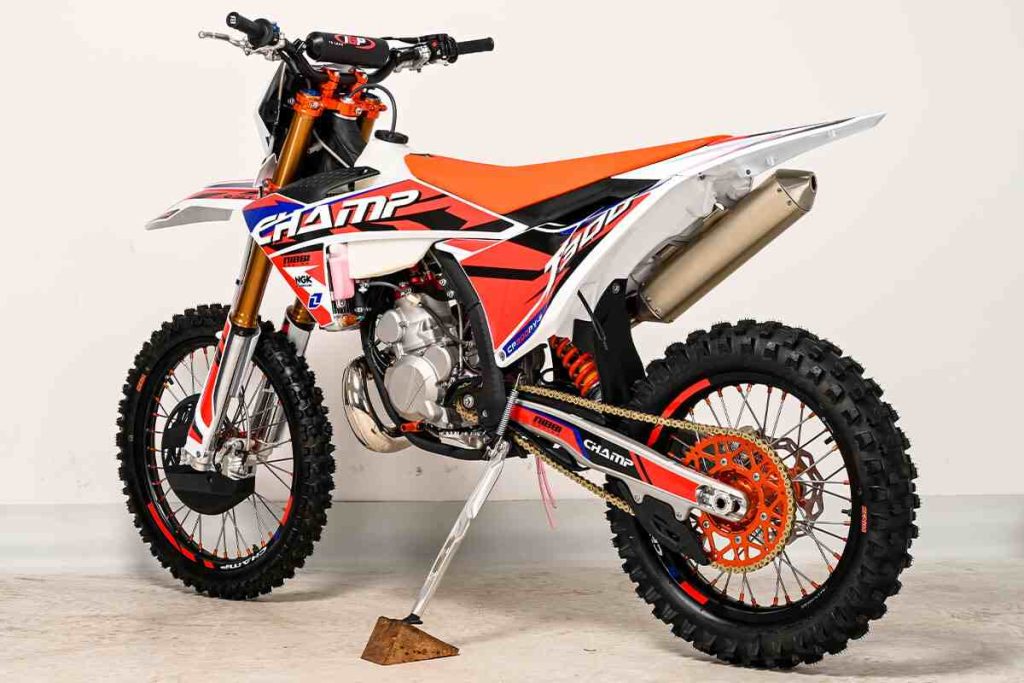
A two-stroke motorcycle is driven by an engine. For each full rotation of the crankshaft, the piston moves only twice (once upward and once downward) to complete one power cycle. In terms of volume, weight and the convenience of manufacturing and maintenance, two-stroke motorcycles are usually more compact, lightweight and easy to maintain, and are often used in off-road motorcycles, endurance racing and small off-road vehicles. Two-stroke engines require a mixture of engine oil and gasoline for lubrication, which is a notable feature of them.
How a Two-Stroke Motorcycle Engine Works
The two-stroke cycle is highly efficient and full of explosive power:
Compression and intake (upward stroke) : When the piston moves upward, it compresses the fuel-air-oil mixture in the combustion chamber. Meanwhile, a vacuum is formed in the crankcase below, and fresh mixture is drawn in through the air intake.
Power and exhaust (downward stroke) : When the compressed mixture is ignited by the spark plug, the explosive force generated forces the piston to descend. This downward movement will first open the exhaust port, allowing the gas after combustion to escape. Then, open the delivery port and press the fresh pre-compressed mixture from the crankcase into the cylinder. These intakes also help to “sweep the air” or expel the remaining exhaust gas.
All of this occurs within two strokes, causing the engine to ignite with each revolution of the crankshaft, thereby significantly enhancing power.
Pros and Cons of Two-Stroke Motorcycles
Pros
- High power-to-weight ratio: Lighter and simpler, generating greater power within the same volume. A 250cc two-stroke motorcycle can rival a 450cc four-stroke motorcycle.
- Simple maintenance: Fewer parts mean easier and cheaper repair.
- Rapid acceleration: The power output is immediate and powerful, delivering an exciting “explosive force”.
- Lower initial cost: usually more affordable.
Cons
- Short service life: Due to high rotational speed and insufficient lubrication, components wear out more quickly.
- Low fuel efficiency: The scavenging process is not perfect, and some fuel will be lost from the exhaust pipe, resulting in high fuel consumption.
- More pollution: Fuel loss and the combustion of oil mixtures cause them to produce more smoke and unburned hydrocarbons. It is even less environmentally friendly.
- The ride is not smooth enough: The power output is abrupt and not stable enough.
What Is a Four-Stroke Motorcycle?
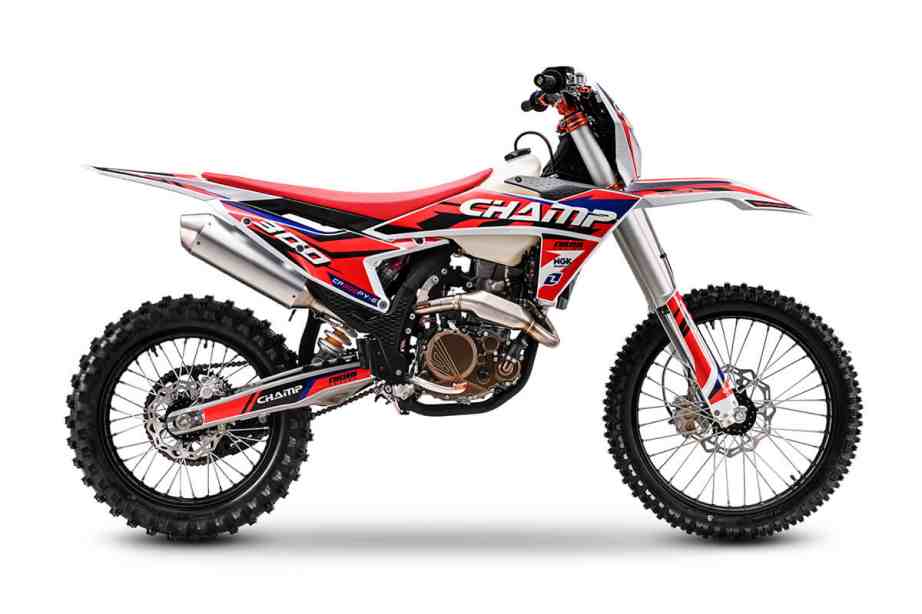
For each full rotation of the crankshaft in a four-stroke motorcycle engine, the piston performs four individual movements (two down and two up), thus one power cycle. It is the most common type of engine in the street bikes, cruisers, adventure station wagons, and modern off-road motorcycles of today. They have specialized lubrication systems with more complex and efficient lubrication methods, including splash lubrication and pressure lubrication.
How a Four-Stroke Motorcycle Engine Works
The four-stroke cycle is a more controllable and independent process:
- Intake stroke: The intake valve opens, and the piston moves down to draw in precisely mixed air and fuel into the cylinder.
- Compression stroke: Both valves are closed, and the piston moves up to compress the oil-gas mixture.
- Power stroke: A spark plug ignites the mix at the top of compression, creating an enormous amount of force to push the piston down. This is the power stroke that drives the motorbike.
- Exhaust stroke: The exhaust valve opens, the piston moves up, and the burnt gas is pushed out of the cylinder.
A four-stroke engine requires two crank rotations to complete a working cycle. That is, under the same crankshaft speed and working volume conditions, the power output of the four-stroke engine is half that of the two-stroke engine, thereby achieving smoother and more easily controllable power output. This helps to compensate for the relatively higher power output of two-stroke engines.
Pros and Cons of Four-Stroke Motorcycles
Pros
- Improved fuel efficiency: The independent exhaust and intake system are sealed separately, so almost all the fuel is burned efficiently, thereby providing higher mileage per gallon.
- Smooth power delivery: The torque is in linear and steady form, easier to handle and ideally suited for novices.
- Less emission and fewer noises: Purified fuel and independent fuel system ensure that it’s environment-friendly and less noisy.
- No premixing of the fuel is required: They have independent fuel tanks, so just fill them with gasoline.
Cons
- Heavy and more complicated: Mechanical structure and valve drive mechanism, camshaft and other parts make it heavy, and the mechanical structure itself is more complicated.
- Higher initial cost: Higher manufacturing and purchase costs.
- Harder maintenance: Valve adjustment and top rebuilding are harder, so more complicated maintenance.·
- Not sufficient acceleration power: The power accumulates gradually rather than suddenly exploding.
Key Differences Between Two-Stroke and Four-Stroke Motorcycles
Here’s a side-by-side comparison to make things clearer:
| Feature | Two-Stroke Motorcycle | Four-Stroke Motorcycle |
| Power Cycle | Fires every revolution (2 strokes) | Fires every 2 revolutions (4 strokes) |
| Performance | Fast acceleration, more aggressive | Smooth, steady power delivery |
| Weight | Lightweight, agile | Heavier, stable |
| Durability | Shorter lifespan, more wear | Longer lifespan, more reliable |
| Fuel Efficiency | Less efficient, consumes more oil | More efficient, saves fuel |
| Maintenance | Easier and cheaper to repair | More complex and costly to repair |
| Cost | Lower upfront cost | Higher upfront cost |
| Environmental Impact | Produces more emissions, smoky | Cleaner burning, fewer emissions |
| Best For | Racing, off-road, thrill-seekers | Commuting, touring, daily riders |
Which One Is Better for You?

The choice between a two-stroke and four-stroke motorcycle is actually based on your style of riding, budget and purpose.
- Beginners: Four-stroke motorcycles are the best. It is easier to manage, lasts longer and requires less maintenance.
- Commuter: Four-stroke motorcycles once again. It is more cost-effective and environmentally friendly, and is highly suitable for daily commuting.
- Off-road and racing drivers: Two-stroke motorcycles are suitable in this regard. They are lighter and accelerate rapidly, and they are also favorites with mud racers, stunt riders and off-road motorcycles.
- Budget-conscious riders: Two-stroke motorcycles are cheaper at the beginning point, but in the long run, depending on fuel and maintenance needs, the cost can be higher. Four-stroke motorcycles are pricier at the beginning point, but they will be cheaper in the long run.
Final Thoughts
Overall, two-stroke motorcycles have carved out a place for themselves in the market because of their light and explosive power and small engines. If it is excitement, variable handling and rapid acceleration that you want, then a two-stroke motorcycle is the ideal choice. But their relatively high fuel consumption and emissions are negatives that cannot be dismissed.
In contrast, four-stroke motorcycles are larger, more complex and expensive, but their advantages – improved gas mileage, lower emissions and greater durability – are becoming increasingly attractive to riders every day. If you don’t want ride-killing unreliability, economy-draining wreckfulness and jerky performance every day, then a four-stroke motorcycle is the wiser choice.
Lastly, there is not a perfect winner between the two. It boils down to your style of riding and personal needs. Learn the differences between them and apply that to determine the bike that best suits your lifestyle.

